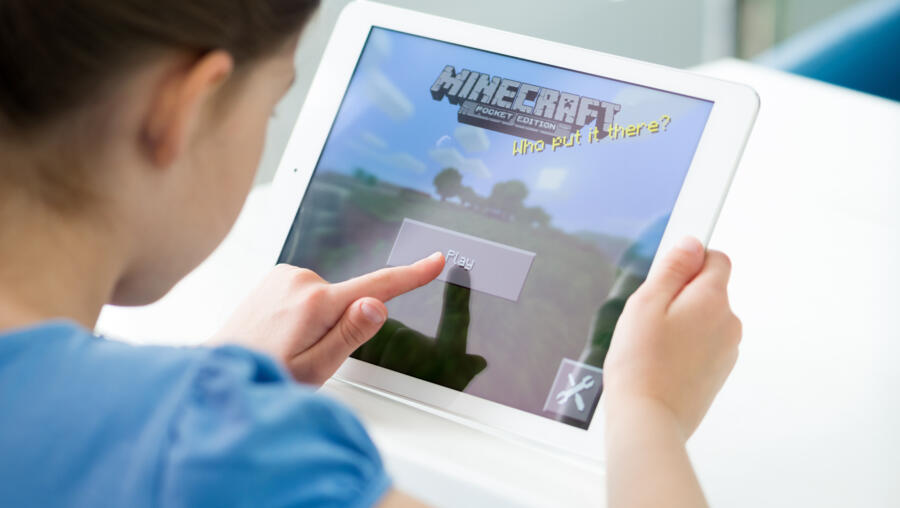What is Coding For Kids?
Posted on May 05, 2023

Many parents today know the value of coding and digital skills for their children. However, for those not well-versed in digital technology, it may be difficult to pinpoint where to start helping their little ones learn. Moreover, parents may feel too intimidated by the subject to ask the basic questions; some even go as far as to gatekeep digital learning or online play due to fears of excessive screen time for their kids.
It doesn’t help that there aren’t many professionals they can consult with for clarification. In 2014, coding became part of the national curriculum in England under the new Computing subject — formerly ICT. Given its relative newness, however, a computing education review from the Office for Standards in Education in 2022 found a shortage of qualified computing teachers.
This is where MAMA.codes come in. MAMA.codes is here to support and empower parents with a guide to what coding is, how children can learn, and why they should start as young as possible.
What is coding?
Essentially, coding is writing in a programming language that a computer can understand so that the computer can behave in a certain way. Most digital devices that parents and children are familiar with today, such as cell phones, laptops, and tablets, require code to function—as do traffic lights, calculators, smart TVs, and smart cars, using internal coding systems.
Think of coding as a set of instructions the computer uses to know what to do, when, and in what order. For parents to better understand the concept, it helps to think of code as a baking recipe or a knitting pattern that a computer will need to follow. Just as you would understand a muffin recipe in English, a computer would only understand code if it’s “spoken to” in a specific programming language — depending on what you want it to do. As such, most programmers utilise high-level programming language, which sounds similar to abbreviated English sentences that are translated into the computer’s own language.

How can children learn to code?
Children under eight years old are hard-wired to learn new languages, as they are focusing on developing comprehension, speaking, reading, and writing skills in their mother tongue(s) at this point. Keeping this in mind, MAMA.codes focuses on teaching coding as a language, using repeated patterns of instructions embedded in animations of nursery rhymes, songs, jokes, stories, and games to keep children engaged. We follow the 4Cs approach to learning — critical thinking, communication, collaboration, and creativity — to make learning fun, curious, and with room for trial and error.
When we frame coding as a fun activity and passion project for children to pursue, we make it less intimidating for them. Learning a new skill can be incredibly rewarding for children, especially if — with parental support — they accomplish a goal by the end. For older kids learning to code, you can excite them by allowing them to imagine what kind of app they could potentially develop. If you’re so inclined, you can join in the fun by learning with your children. Being involved with your children’s education can help them identify and pursue their subjects of interest.
Where should my child start?
Currently, the coding languages we teach are:
. ScratchJr for children aged four
. Scratch for children aged seven and eight
. Minecraft for children aged eight and older
. HTML/CSS for children aged nine and older
ScratchJr and Scratch were created by MIT in Boston and use drag-and-drop blocks rather than entering text to provide children with a more visual experience instead of something that looks right out of The Matrix. We also offer video editing and digital design courses if your child is interested in other skills besides coding.
If it all still sounds confusing, MAMA.codes also offers a free taster class — a completely free coding class! Our customer service team will match your child’s experience level to the best available online course for them.
Why coding for kids matters
Coding and digital skills are fast becoming common requirements for careers today. Case in point, a new tech job role is posted every two minutes in the UK, and software engineers familiar with JavaScript have a distinct advantage over their peers. Undoubtedly, the same will be true for your children when they reach working age. Digital literacy is now a non-negotiable in the workplace, with a greater expectation for employees to adapt to whatever technology comes their way.
Letting your child learn to code as young as possible will instil a problem-solving mindset and readiness to learn new skills—valuable assets in an increasingly digital world of work. Additionally, learning to code at a young age will prepare a more inclusive world of work. Only 15% of the workforce today comes from a diverse background, while female representation remains at 20%. At MAMA.codes, we believe in equipping all kids with the necessary skills and knowledge to succeed in today’s digital world.
We also believe that putting children in charge of their screens and not vice versa can help foster a more positive and productive relationship with technology. Rather than gatekeeping digital learning from children, we believe that positive screentime can keep kids engaged and passionate about the world around them, from creating movies and taking virtual trips, to learning how to code. The digital possibilities are endless, and it’s never too early to start.
Specially written for MAMA.codes
By: Radilyn Jesse